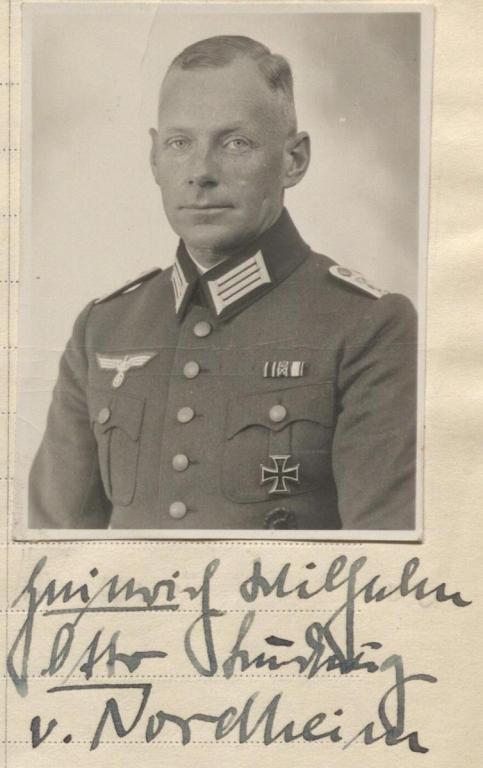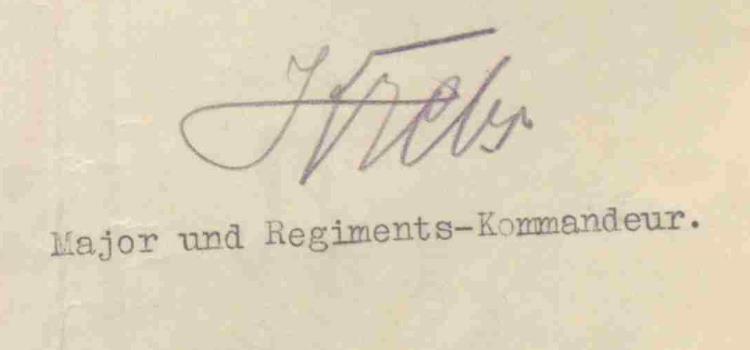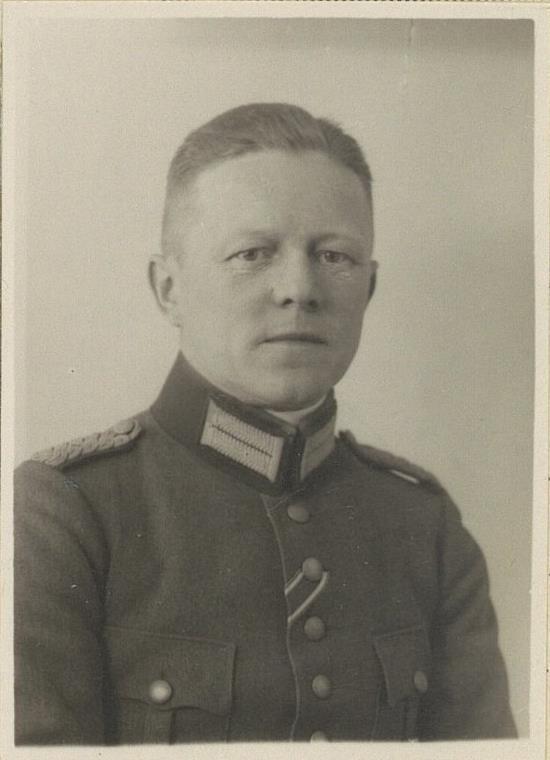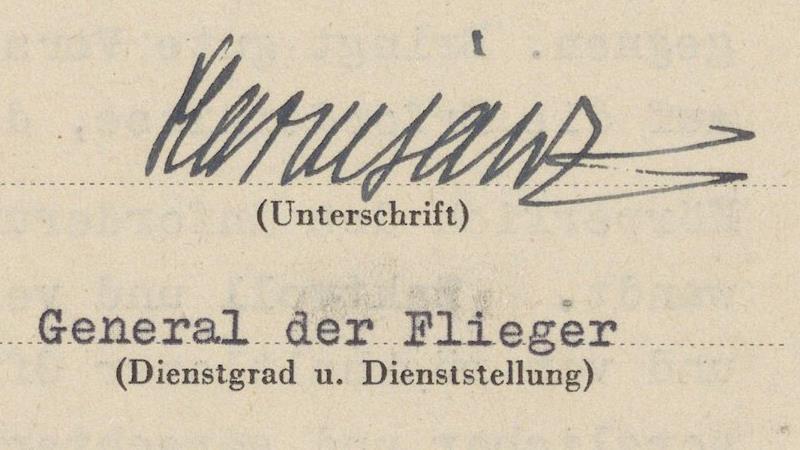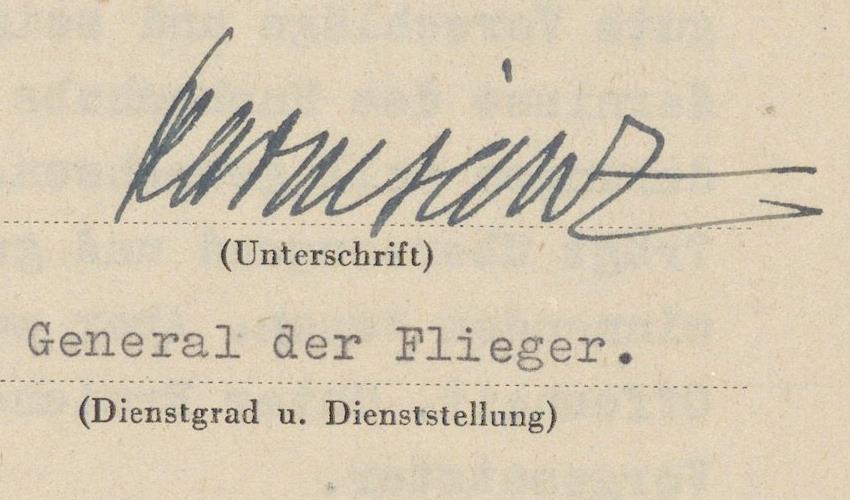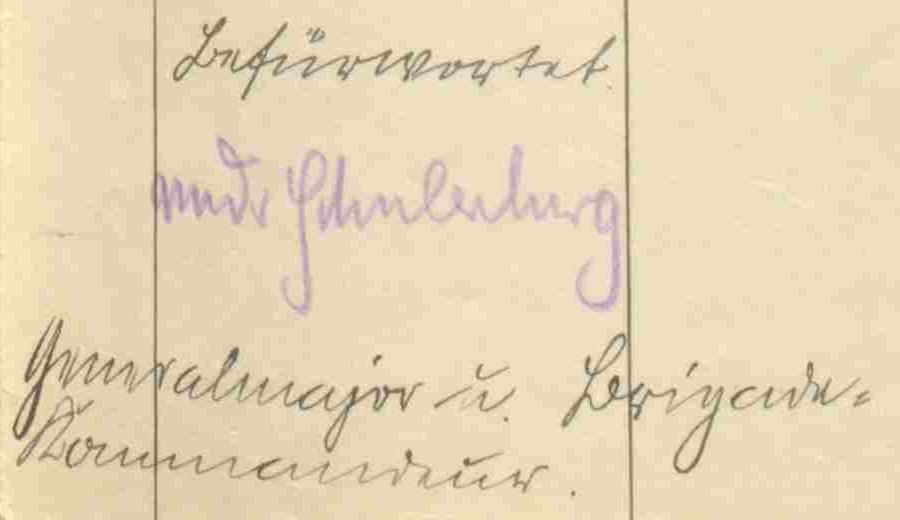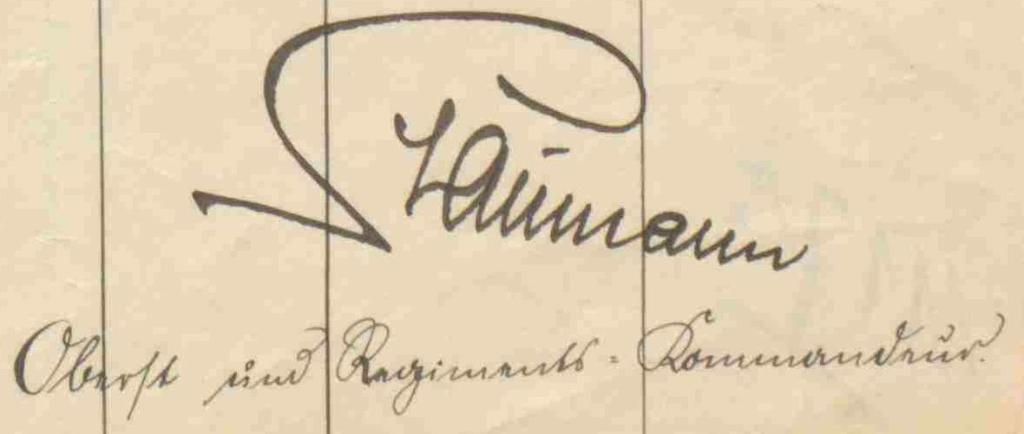-
Posts
4,908 -
Joined
-
Last visited
-
Days Won
97
Content Type
Profiles
Forums
Blogs
Gallery
Events
Store
Everything posted by Dave Danner
-
Another teacher: Hauschild, Hermann Wilhelm Karl *6.11.1885 in Brüssow, Greifswald gef. 4.7.1918 bei Morlancourt Volksschullehrer in Stettin 7.8.1915 Lt.d.R. (Stettin) im Brigade-Ersatz-Bataillon Nr. 7 Führer der 6. Kompanie des Reserve-Infanterie-Regiments Nr. 232 The regimental history of RIR 232 says Hauschild was with that regiment since the beginning of the Serbian campaign in October 1915. I'm not sure how he went from a Pomeranian unit to a Prussian Saxon one (II./RIR 232's parent formation was FR 36), but I suppose this was not uncommon. He received the HOH3X on 31.1.1918.
-
The Oberleutnant der Reserve Wiedemann in RIR 99 who received the HOH3X on 30.9.1918 should be the officer from IR 136; I./RIR 99 was formed by IR 136 and there were no other infantry Leutnants d.R. in the 1914 Rangliste. Wiedemann, Heinrich Wilhelm *29.11.1881 in Buxtehude, Jork 1.4.1908 Realschuloberlehrer in Wilhelmsburg 1.4.1909 Oberlehrer an der Humboldtschule in Linden 1.4.1912 Realgymn.Oberlehrer in Grunewald 1.4.1923 pensioniert 1.4.1907-1.4.1908 Einjährig-Freiwilliger 27.1.1912 Leutnant der Reserve (Hannover, später III Berlin) des IR 136 3.5.1917 Oberleutnant der Reserve
-
Another late-war award which I do not believe made it into the Staatsanzeiger or Militär-Wochenblatt: Hauptmann, later Generalmajor, Heinrich-Otto v. Nordheim. Nordheim was from FAR 9 and had been in the field with that regiment and with RFAR 65, but when he received the HOH3X, he was a Hauptmann and Batterie-Führer in FAR 61. This also accounts for the HT, since FAR 61 was Großherzoglich Hessisch. 22.12.1914 1914 Eisernes Kreuz 2. Klasse 22.08.1916 Ghzgl. Hessisches Allgemeines Ehrenzeichen "Für Tapferkeit" 27.01.1917 1914 Eisernes Kreuz 1. Klasse 09.08.1918 Verwundetenabzeichen in schwarz 13.10.1918 Kgl. Preußischer Hausorden von Hohenzollern, Ritterkreuz mit Schwertern 18.01.1935 Ehrenkreuz für Frontkämpfer 02.10.1936 Wehrmacht (Heer) Dienstauszeichnung 4. bis 3. Klasse 01.10.1939 1939 Spange zum Eisernen Kreuze 2. Klasse 25.11.1939 1939 Spange zum Eisernen Kreuze 1. Klasse 16.12.1942 Krimschild Since he received the Krimschild, there's a chance he also received a Romanian decoration, but non-German decorations are not typically listed in WW2 Personalakten/Beurteilungen and I have not come across his name yet in Romania's Monitorul Oficial. And we get a picture and signature to boot.
-
Matthias Josef Timmermann was born on 20.7.1887 in either Kettenis or Hauset, hamlets in the Eupen region (now in Belgium). He was "leicht verwundet" in 1915 and "schwer verwundet" in 1916, both with IR 25, and "schwer verwundet" in 1918 with IR 84. He was a Volksschullehrer in Stolberg. According to his gravestone in Aachen, Wimmar Hennes lived from 1892 to 1981. An IR 25 casualty list gives his birthplace as Cöln-Kalk. The Aachen address books give his occupation as Handelsvertreter. The gravestone and all the address books give the spelling as Wimmar; only the casualty list has Wimmer.
-
Besides the HOH3X, Otto Frommann from RFAR 29 received the EH3bX and the BZ3bX. He lived in Coburg and served in a Baden regiment, so he's a good example of the different ways one could receive a state award. His BZ3bX (13.2.15) was erroneously listed as Fromann with one "m" in the Baden orders list.
-
I have him with the REKj3X, but I think my information was secondhand from Christophe. From the battalion history: 26.03.17-14.04.17 Kompanieoffizier, 1./RJB 13 15.07.17-02.09.17 Bataillons-Adjutant 02.09.17 krank, ins Lazarett 18.05.18-05.07.18 Ordonnanz-Offizier beim Stabe RJB 13 05.07.18-12.09.18 Bataillons-Adjutant 16.10.18-10.12.18 Nachrichten-Offizier beim Stabe RJB 13
-
One more example. Without having the unit to confirm the name, I doubt I would have read this as Pfeffer.
-
Krebs, Friedrich Wilhelm Erich *19. Juli 1870 in Brandenburg a.d.H. †9. Januar 1934 in Berlin 02.08.1914 ins Feld als Major und Adjutant des VI. Armeekorps 31.01.1915 behufs Verwendung als Bataillons-Kommandeur zum Oberbefehlshaber Ost versetzt xx.02.1915 Kommandeur des II. Bataillons des Reserve-Infanterie-Regiments Nr. 118 17.09.1916 Kommandeur des Infanterie-Regiments Nr. 28 21.09.1916 zu den Offizieren von der Armee versetzt 26.11.1916 Kommandeur des Reserve-Infanterie-Regiments Nr. 27 15.07.1918 Oberstleutnant 04.09.1918 schwer verwundet xx.02.1919 dem Generalkommando des V. Armeekorps zur Verfügung gestellt 01.03.1918 zur Kriegsgeschichtlichen Abteilung des Großen Generalstabes kommandiert xx.07.1919 Führer der stellv. 17. Infanterie-Brigade bzw. Auflösungsstabes 17 11.07.1919 gleichzeitig mit der Wahrnehmung der Geschäfte des Kommandanten von Glogau beauftragt (bis Mitte Februar 1920) xx.10.1919 Leiter des Abwicklungsamtes des V. Armeekorps (bis Ende Dezember 1920) 09.04.1920 mit dem Charakter als Oberst verabschiedet Orden "pour le Mérite"
-

imperial 1914-1918 Hundrich, Wilhelm
Dave Danner replied to Dave Danner's topic in Germany: All Eras: Signature Database
-

imperial 1914-1918 Esch, Hans von der
Dave Danner posted a topic in Germany: All Eras: Signature Database
Esch, Hans Otto Gustav Artur Martin von der *11.11.1862 in Stettin †14.09.1934 in Stuttgart 22.03.1913 Kommandeur des Infanterie-Regiments Nr. 93 08.12.1913 Kommandeur des Grenadier-Regiments Nr. 119 06.12.1914 Führer der 69. Reserve-Infanterie-Brigade xx.12.1914 leicht verwundet 18.12.1914 zu den Offizieren von der Armee versetzt 27.03.1915 Beauftragter des Oberbefehlshabers Ost bei der Zivil-Verwaltung in Russisch Polen 24.08.1915 Chef des Generalstabes des Gouvernements Warschau 24.11.1916 Kommandeur der 7. Infanterie-Division 04.11.1918 zu den Offizieren von der Armee versetzt 26.04.1919 zur Dispostion gestellt 18.02.1913 Oberst 24.07.1915 Generalmajor 07.08.1919 Charakter als Generalleutnant z.D. Highest rank reached: Generalleutnant Orden "pour le Mérite" -
I know of no award off the top of my head which was restricted to only citizens of a certain state. Generally, the main criteria were citizenship of the state, service in that state's military units, or service in a unit otherwise connected to the state (such as where the state's ruler was Chef or Inhaber). As the war went on, actual practice was also relaxed - someone who might have been rejected in 1915 might have been approved in 1918. For Braunschweig in particular, non-citizens of all ranks in IR 92, HR 17 and 2./FAR 46 would routinely be considered for awards, since those were Braunschweig formations. Officer and selected other ranks in HR 3 and the Bavarian 1. Schweres Reiter-Regiment, the regiments to which Ernst August was à la suite, would also be routinely considered. Command and staff officers of units and commands to which a sufficient number of Braunschweigers were attached would also be considered. On the flip side, it should be noted that citizenship in a state was often necessary, but not always sufficient. If you were a citizen of a state, but had spent most of your adult/working life outside the state, it was common for an award recommendation to be rejected. If your reasons for living elsewhere were outside your control, such as for professional soldiers and civil servants, that was not held against you, though.
-

imperial 1914-1918 Müller, Karl
Dave Danner replied to Dave Danner's topic in Germany: All Eras: Signature Database
-

Luftwaffe Harmjanz, Willi
Dave Danner replied to tyanacek's topic in Germany: All Eras: Signature Database
-
Schulenburg, Julius Heinrich Richard von der *4. August 1857 in Cassel †6. Februar 1943 in Demmin Highest rank reached: Generalleutnant a.D. 21.04.1908-24.05.1912 Führer bzw. Kommandeur, Garde-Dragoner-Regiment Nr. 23 22.04.1912-18.02.1913 Kommandeur, 13. Kavallerie-Brigade 23.04.1913 zur Disposition gestellt, char. Generalmajor z.D. 22.03.1915 Patent seines Dienstgrades xx.xx.1915 Kommandeur, 23. Landwehr-Infanterie-Brigade 17.09.1916 Kommandeur, 175. Landwehr-Infanterie-Brigade
-

imperial 1914-1918 Schaumann, Lyonel
Dave Danner posted a topic in Germany: All Eras: Signature Database
Schaumann, Lyonel Adolf Georg Hermann *29.05.1860 in Verden an der Aller †19.07.1945 xx.xx.1914 Oberstleutnant beim Stabe des Infanterie-Regiments Nr. 138 02.08.1914 Kommandeur, Landwehr-Infanterie-Regiment Nr. 17 05.09.1914 Oberst xx.xx.191x Kommandeur, Landwehr-Infanterie-Regiment Nr. 23 xx.xx.191x Kommandeur, 69. Reserve-Infanterie-Brigade xx.xx.191x Kommandeur, stellvertretende 61. Infanterie-Brigade 05.12.1917 unter Verleihung des Charakters als Generalmajor zur Disposition gestellt -

Major Walter Klein, Ritterkreuz
Dave Danner replied to Deutschritter's topic in Wehrmacht Medals, Decorations & Awards
He was a Lehrer from 1911 to 1914, in military service from 1914 to 1918, a Lehrer again from 1918 to 1927, an Oberlehrer from 1927 to 1935, and returned to military service on 01.11.1935. His only WW1 decorations were the EK1&2 and the ÖM3K. Add an Ehrenkreuz für Frontkämpfer around 1934/35 and a Wehrmacht (Heer) Dienstauszeichnung 4. Klasse on 02.10.1936. Not enough detail for the rest, but the last may be a Hungarian WW1 Kriegserinnerungsmedaille. There's no indication of any Party or SS activity in his Lehrer file. He was likely a member of the Nationalsozialistischer Lehrerbund and possibly had an SA rank before returning to active military service.


